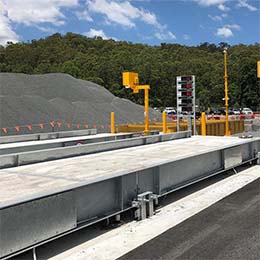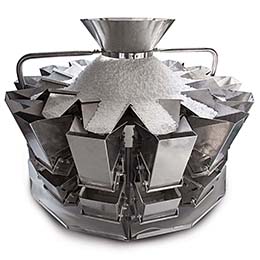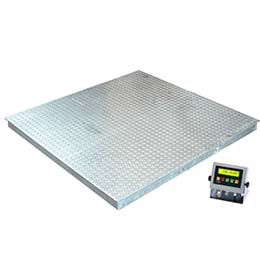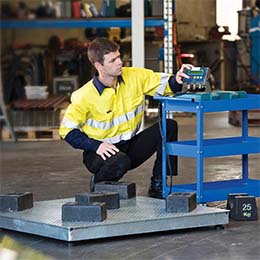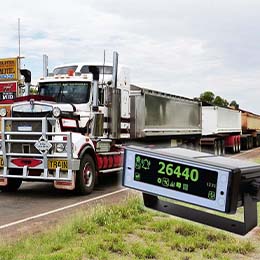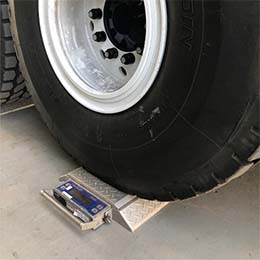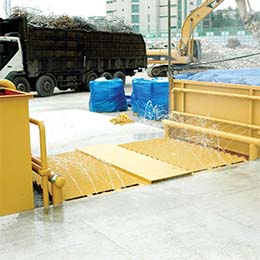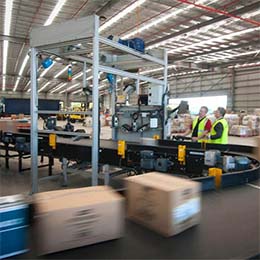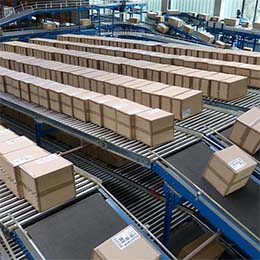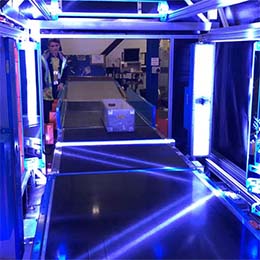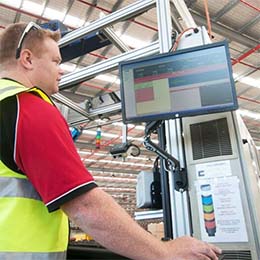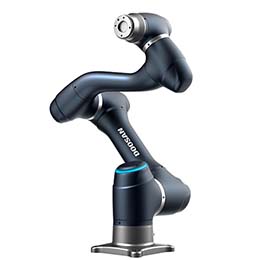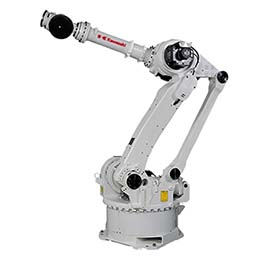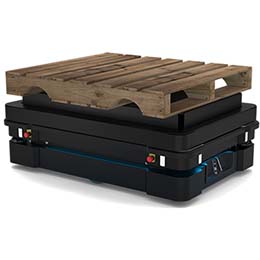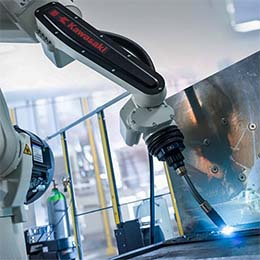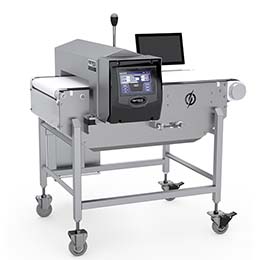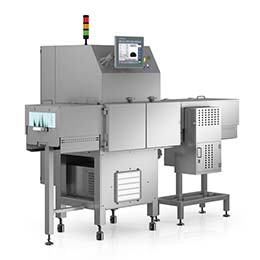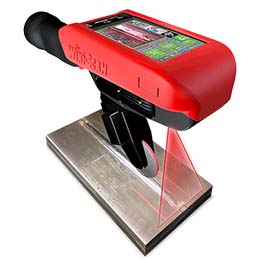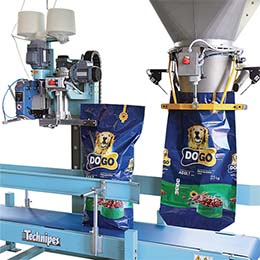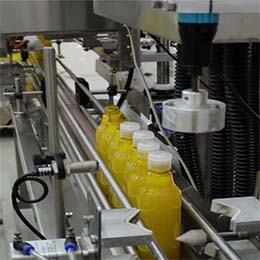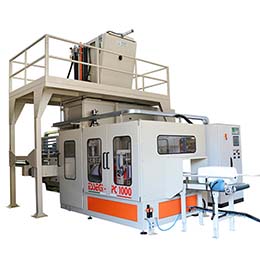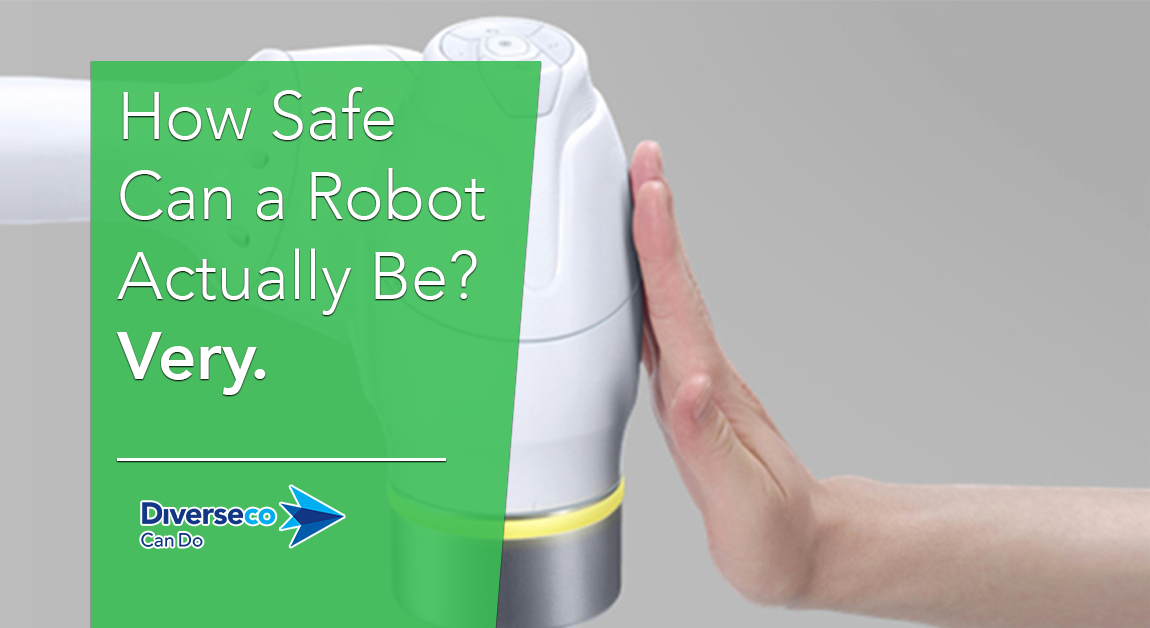In January of this year, the International Federation of Robotics (IFR) published its definition of collaborative robots in a paper titled, “IFR publishes collaborative industrial robot definition and estimates supply”, distinguishing which cobots satisfy the requirements of ISO 10218-1 and which do not. ISO 10218-1 is an international standard which regulates safety design, protective actions and guidelines of industrial robots. Doosan’s cobots well exceed these minimum standards.
___________
Doosan Robotics is able to provide this world-class level of product safety through its six joint torque sensors, five distinct workspaces and numerous international certifications, all of which work together to create a uniquely optimized, safe environment. In particular, the torque sensors on Doosan cobots are known for their unparalleled level of sensitivity, considered the best in the industry. These torque sensors allow Doosan cobots to detect external forces precisely and stop much more quickly than conventional current control methods.

Doosan Offers the Safest Cobots in the Industry
______________________
Doosan cobots are equipped with torque sensors on every single joint. This makes them much safer than other brands using conventional electrical current control methods or with torque sensors on only one or two axes. By having torque sensors on all six joints, Doosan cobots ensure an outstanding level of safety.
___________
An official from Doosan Robotics explained, “Without the torque sensors, there is no option but to detect force by monitoring changes of electrical current used by the motor. By contrast, Doosan cobots are equipped with high-performance torque sensors on each joint so they can immediately sense any force applied to the joints. This makes them highly sensitive to collision detection.”
___________
Doosan Cobots’ Exclusive Workspace System Ensures Worker Safety
___________
When looking at a workplace that integrates Doosan Robotics’ products, one can see how easily and seamlessly human workers and robots are able to collaborate side by side. This is made possible due to Doosan cobots’ Workspace settings: Safe virtual working spaces are possible without using physical safety fences. To further ensure worker safety, Collaboration Workspace, where cobots will move more slower than usual, can also be used.
___________
The Workspace setting not only enables a higher level of worker safety but also increases efficiency and productivity. For example, in Collision Detection Mute Zone, robots are prevented from mistaking intentional external forces for collisions during processes such as polishing, clamping or assembling where force or compliance control is needed.
In addition, Doosan cobots’ workspace settings can process beyond one- or two-dimensional objects such as simple lines or dots and instead incorporate three-dimensional figures like actual workspaces by using figures such as cubes, cylinders, faceted cylinders, polyhedrons and spheres. In the industry, Doosan has a competitive edge in that users have up to 20 options for setting Workspaces.
___________
Below is the list of Doosan’s five Workspace concepts installed in Doosan Robotics’ software.
___________

___________
1. Operating Space
– Robots can move around and operate freely within this space.
– Limits can be set on the robots’ range of operation. Robots will be stopped according to the safety setting if they move out of the operating space.
– Robots can be added to a process already in operation without changing the layout by simply limiting their operating space.
___________

___________
2. Collaboration Workspace
– Robots and workers can operate simultaneously within this workspace.
– Robots’ speed will decrease automatically to below the safety limit when entering this workspace. When robots move out of the workspace, they will return to their original speed.
– Robots can further ensure workers’ productivity and safety by moving slower in collaboration workspaces and working faster outside of collaborative workspaces.
___________

___________
3. Protected Zone
– Workers can be protected from the robots’ movements within the protected zone.
– Robots will stop automatically if they move into the protected zone.
– Collisions with robots can be prevented by activating this setting in areas where workers’ heads or other obstacles are located.
___________

___________
4. Tool Orientation Limit Zone
– The orientation of tools attached on the robots can also be limited.
– Robots will stop automatically if the direction or edge of the tool surpasses the specified range within this zone.
– The orientation can be limited so that tools never point towards the workers’ eyes in processes such as gluing or bonding, or when using lasers.
___________

___________
5. Collision Detection Mute Zone
– Robots’ collision detection can be muted or changed if necessary.
– This zone will prevent robots from mistaking intentional external forces for collisions. This setting can be applied in processes such as putting on stickers with force or compliance control, polishing, clamping or assembling process.
– Additionally, collision detection can be re-activated outside this zone, protecting workers from colliding with robots.
___________
Doosan Cobots Are ISO Certified
___________
Doosan Robotics not only received domestic KCS certification but also NRTL (USA) and CE (Europe) certifications, meeting international safety standards. Additionally, Doosan Robotics is also certified with Functional Safety, the most pivotal certification for cobots from TUV SUD, demonstrating acknowledgement for its products’ safety.
___________
Currently, ISO 10218-1 defines Performance Level d, Category 3 as the standard level required to receive the certification. However, Doosan’s safety stop and emergency stop functions are certified with PL e, Cat 4, which is the highest level in ISO. Attaining Functional Safety certification is critical since unlike conventional industrial robots, cobots must collaborate with workers without physical fences and must be equipped with a “Cobot-Specialized Safety Function,” as described in ISO/TS 15066. Doosan cobots’ 18 functions, including its cobot-specialized safety function, meet ISO conditions.
___________
Additionally, one of Doosan’s products, M1013, was incorporated in Doosan’s Infracore factory in Incheon and became the first in the domestic market to attain Collaborative Robots Workplace Setting Safety Certification. Previously, workers at Doosan’s factory had to work manually to perform repetitive tasks, but now cobots can now assist them in the injector clamping process. The Korea Institute for Robot Industry Advancement recognized Doosan cobots’ ability to improve the work environment by reducing the physical burden on workers and praised the company for raising productivity.
___________
With these innovative safety enhancements, Doosan Robotics continues to differentiate itself from others and lead the cobot industry with torque sensors on all six joints, three-dimensional space safety system and world-class level certifications. Through its ongoing R&D efforts and commitment to safety, Doosan Robotics strives to create an even safer workplace where workers and cobots can continue to find new ways to effectively collaborate.
___________
Talk with the robotics automation experts at Diverseco about how we can assist your organisation to attain new automation capabilities using Doosan collaborative robots.
–

